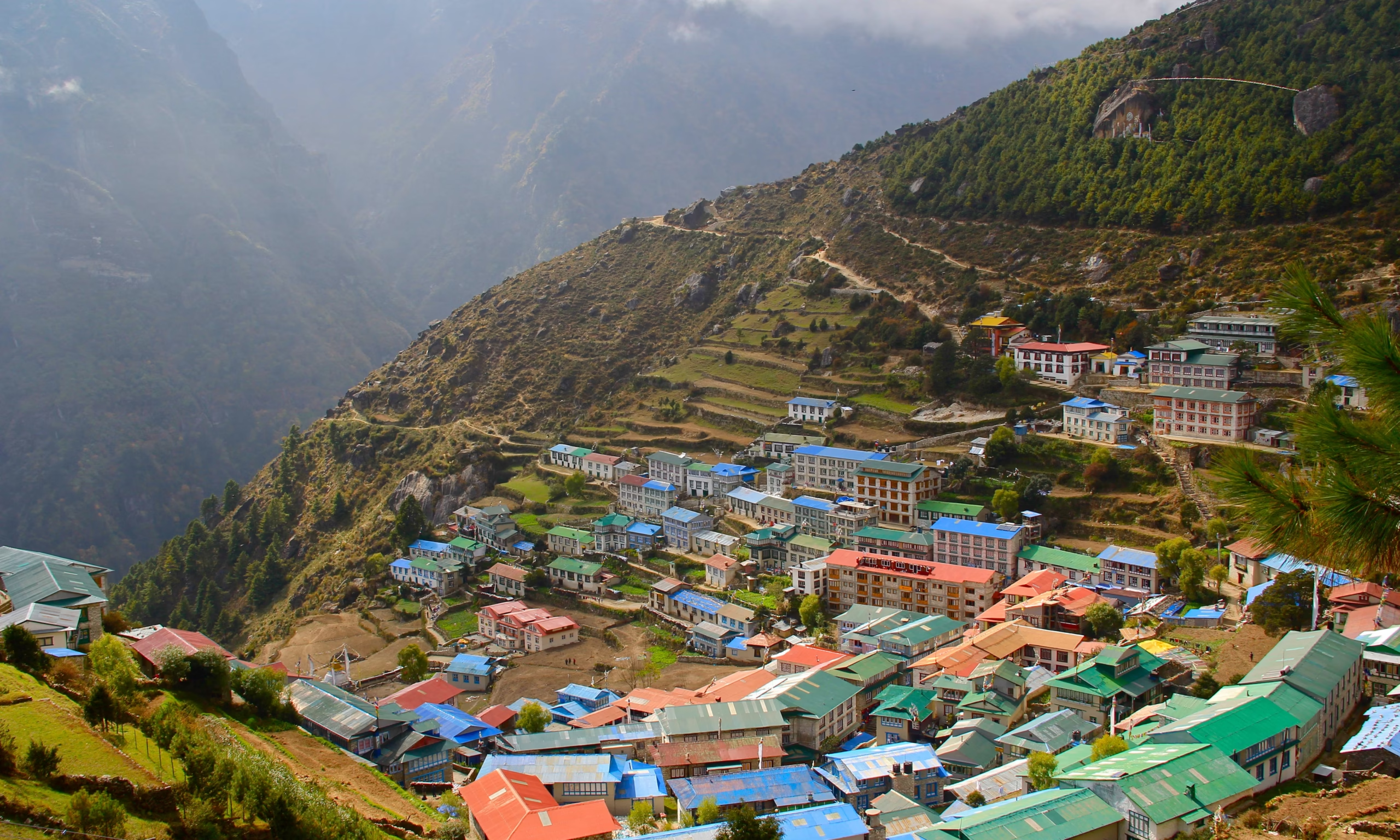Trekking in Nepal offers not only breathtaking landscapes and cultural experiences but also unique accommodation options that can enhance your adventure. Among the most popular choices for trekkers are homestays and teahouses. Both provide an opportunity to immerse yourself in the local culture, but they differ significantly in terms of experience, amenities, and interaction with the local community. In this blog, we’ll explore the key differences between homestays and teahouses to help you choose the best accommodation for your trekking journey.
Understanding Teahouses
What are Teahouses?
Teahouses are small lodges that have become the standard accommodation option for trekkers in Nepal. Found along popular trekking routes like the Annapurna Circuit and Everest Base Camp, teahouses provide basic amenities, meals, and a warm place to rest after a day of trekking.
Features of Teahouses:
- Basic Facilities: Teahouses typically offer shared rooms with twin beds, communal dining areas, and shared bathrooms. While some teahouses may have hot showers, they often require an additional fee.
- Meals and Dining: Most teahouses serve a variety of local and Western dishes, including dal bhat (a traditional meal of rice and lentils), pasta, and soups. Meals are typically served in a communal dining area, providing an opportunity for trekkers to meet and share stories.
- Social Interaction: Teahouses are bustling hubs of activity where trekkers from around the world gather. This environment fosters camaraderie and the chance to meet fellow adventurers, share tips, and exchange experiences.
- Local Culture: While teahouses cater primarily to trekkers, they also provide insight into the local culture. Many teahouse owners are from the surrounding villages and can offer valuable information about the area.
Pros of Staying in Teahouses:
- Convenience: Teahouses are readily available along well-traveled trekking routes, making it easy to find accommodation without prior bookings.
- Affordability: Teahouses are generally budget-friendly, allowing trekkers to save on accommodation costs.
- Social Atmosphere: The communal setting of teahouses encourages social interaction, making it easy to meet fellow trekkers.
Cons of Staying in Teahouses:
- Limited Privacy: Rooms are often shared, which can be less comfortable for those seeking solitude or a quiet space.
- Basic Amenities: The facilities may be basic, and not all teahouses offer hot water or electricity.
Exploring Homestays
What are Homestays?
Homestays are accommodations that allow trekkers to stay in local families’ homes, offering an immersive cultural experience. While less common than teahouses, homestays can be found in some trekking regions, particularly in areas like Langtang and the Annapurna region.
Features of Homestays:
- Authentic Experience: Staying in a homestay provides an intimate glimpse into the daily lives of local families, allowing trekkers to experience local customs, traditions, and hospitality.
- Home-Cooked Meals: Meals are prepared by the family, often using fresh, locally sourced ingredients. Trekkers can enjoy authentic Nepali dishes, enhancing the cultural experience.
- Community Engagement: Homestays often encourage interaction between guests and hosts, providing opportunities to learn about local culture, language, and traditions.
- Unique Accommodations: Each homestay offers a different experience, with accommodations ranging from simple rooms to more comfortable setups, depending on the family and location.
Pros of Staying in Homestays:
- Cultural Immersion: Homestays provide a deeper understanding of local culture and traditions, making for a more enriching trekking experience.
- Personalized Experience: Guests often receive personalized attention and hospitality from their hosts, making them feel welcome and at home.
- Support Local Communities: Choosing homestays helps support local families and communities, contributing to sustainable tourism.
Cons of Staying in Homestays:
- Limited Availability: Homestays are less common than teahouses, and finding one along a popular trekking route may require more planning.
- Basic Amenities: Similar to teahouses, homestays may have limited amenities, and the level of comfort can vary widely.
Choosing Between Homestays and Teahouses
When deciding between homestays and teahouses, consider the following factors:
1. Type of Experience:
- If you’re seeking a more social atmosphere and the opportunity to meet fellow trekkers, teahouses may be the better choice.
- If you prefer an immersive cultural experience and personalized hospitality, opt for a homestay.
2. Trekking Route:
- Popular trekking routes like Annapurna and Everest have numerous teahouses, making them easily accessible.
- If you’re trekking in less-traveled areas, research the availability of homestays in advance.
3. Comfort and Amenities:
- Teahouses offer basic accommodations and communal dining, while homestays provide a more personal touch but may vary in comfort.
- Consider your comfort preferences and what you value most in your accommodation.
4. Cultural Engagement:
- For a deeper understanding of local customs and daily life, homestays provide a unique opportunity to connect with families.
- Teahouses offer cultural insights but are primarily geared towards accommodating trekkers.
Conclusion
Both homestays and teahouses offer unique advantages for trekkers exploring Nepal’s stunning landscapes. Teahouses provide a convenient and social environment for those looking for a budget-friendly option along popular routes. In contrast, homestays offer a more intimate and culturally enriching experience, allowing trekkers to connect with local families and traditions. Ultimately, the choice between homestays and teahouses will depend on your preferences, the trekking route you choose, and the type of experience you seek. Whichever option you choose, you’re sure to create lasting memories while exploring the breathtaking beauty and rich culture of Nepal!


